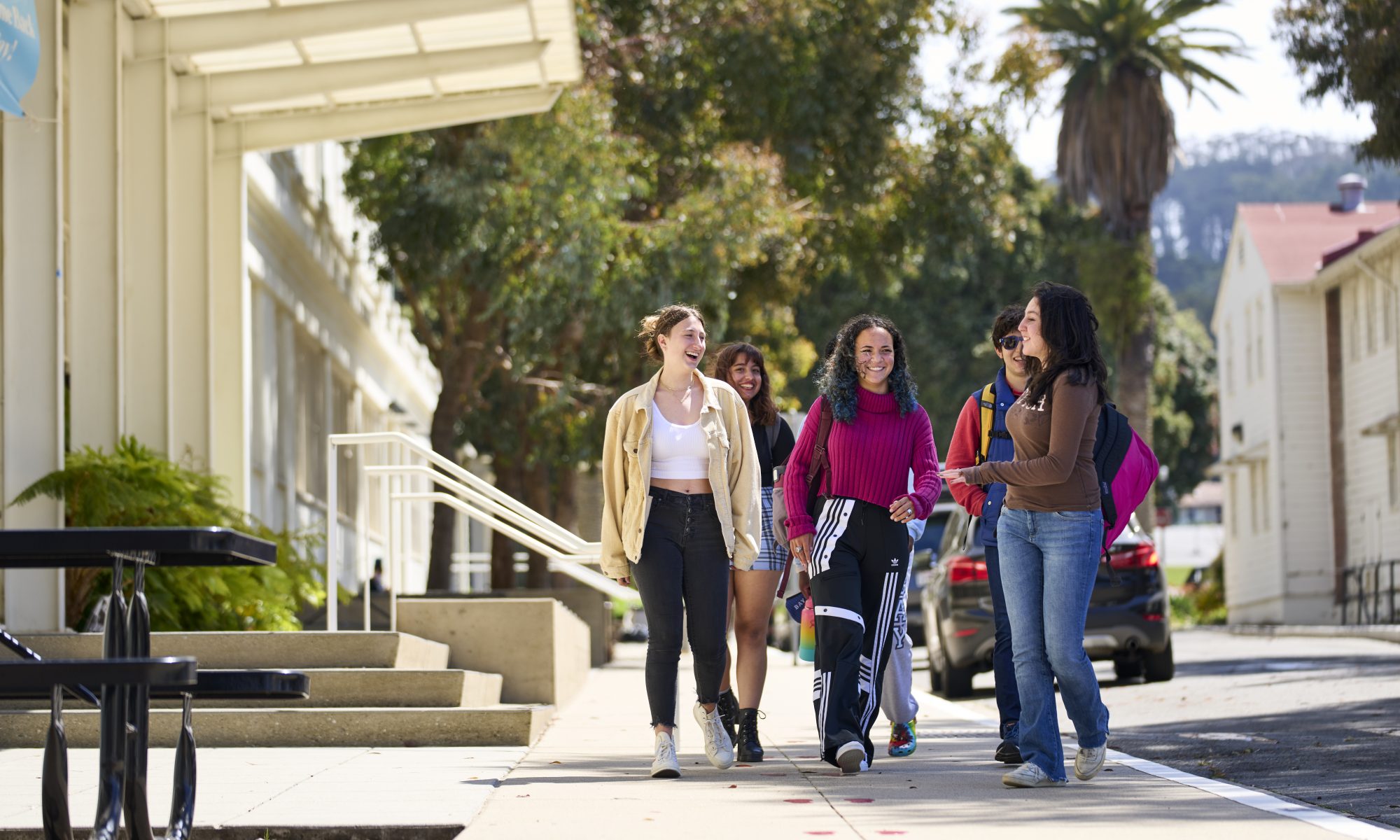An Engineering and Design Update from Director of the Project Center Brad Niven
Engineering Design 1 classes have started their first project: to design and build a truss bridge spanning 18 inches using dried spaghetti and hot glue. The bridge must weigh less than 250 grams and be at least 2 inches wide.
Trusses are a rigid framework of load-carrying elements arranged into interconnected triangles. They can span long distances because they are strong, stiff and light. Though trusses have been around since ancient Rome, the first scientifically designed truss was built in 1841.
In this project, students are asked to apply Design Thinking as a methodology to help them design a bridge. They begin by researching how trusses work and then create ideas based on that research. Using West Point Bridge Design software they have been able to experiment with many different ideas, test the validity of the structure, and see visually and mathematically how their designs are working in order to improve them. Once they have a design they think will work, they begin to build and test their solutions in teams of two or three.
One of the key challenges in this project is applying the scientific principals and translating them into tangible results. Making a stable and rigid structure in the idealized world of software is one thing (since every structural member and joint of the bridge is flawless), but building one out of spaghetti and hot glue can yield many unexpected results. Though the students may not have anticipated the level of dexterity and craftsmanship required to connect pieces of pasta together in ways that actually channel gravitational loads, they are rising to the challenge admirably. Design Thinking allows plenty of room to “fail early, fail often” so that mistakes are used as valuable learning tools instead of frustrating dead ends.
Their results will be tested by loading the finished bridges with weights until they collapse. The bridge with the highest ratio of weight to load will be declared the winner. The project is constrained by time (3.5 weeks), weight (250 grams is the maximum bridge weight allowed) and size (two inches wide), so the students are learning how to balance many of the elements an engineer might face in working on such a project.


Brad,
Are there any photos of spaghetti bridges from last spring 2012 ?(Jonah Tuchow’s mom)
Nikki
Hi Nikki,
Brad is searching for the photos and if he finds them, we’ll upload the album to the media gallery and let you know.
Grace